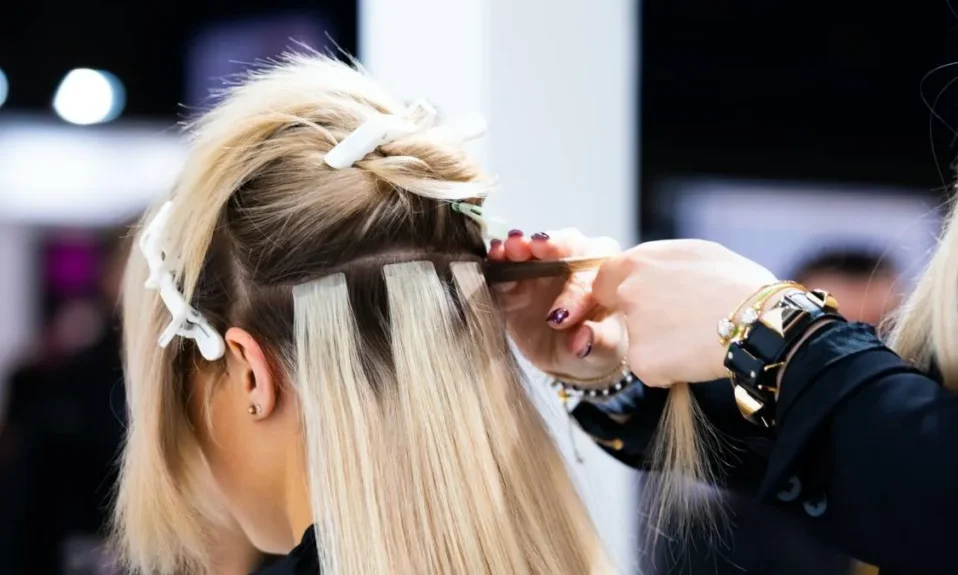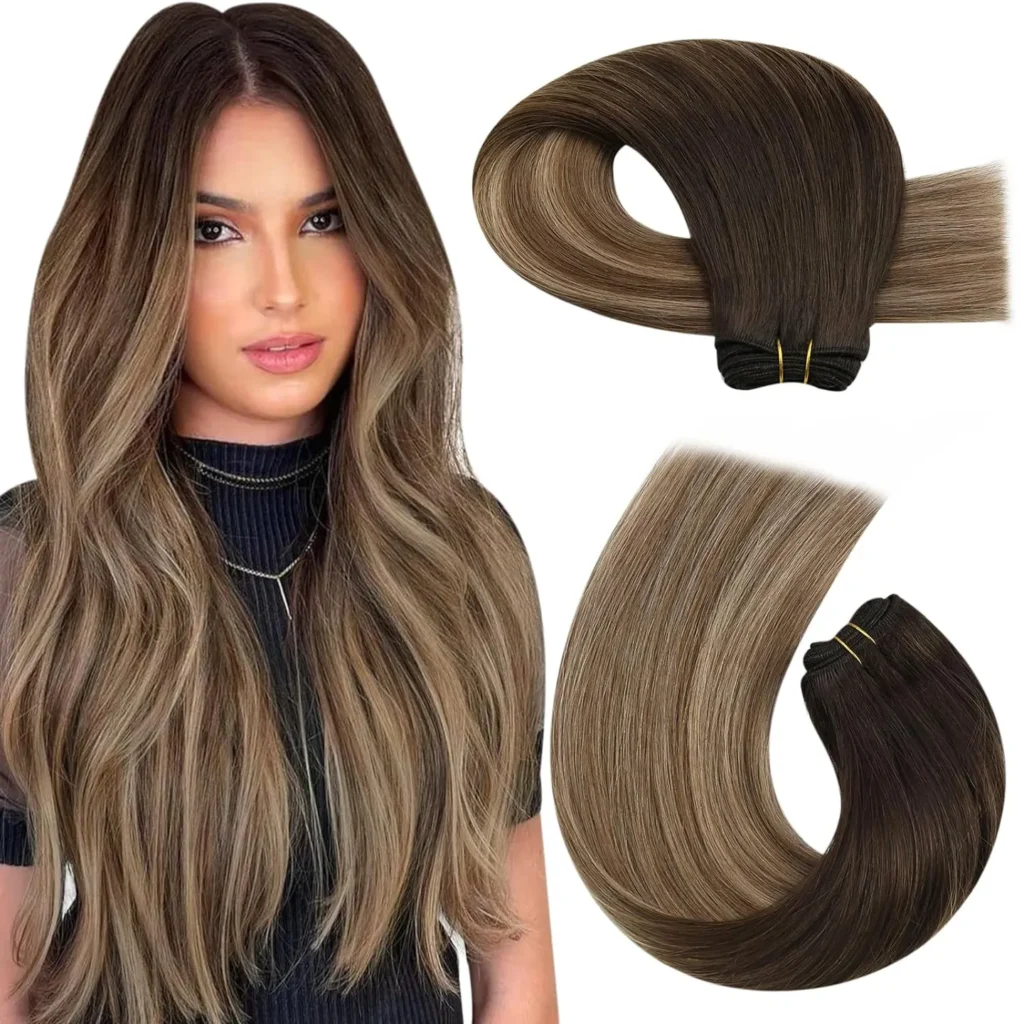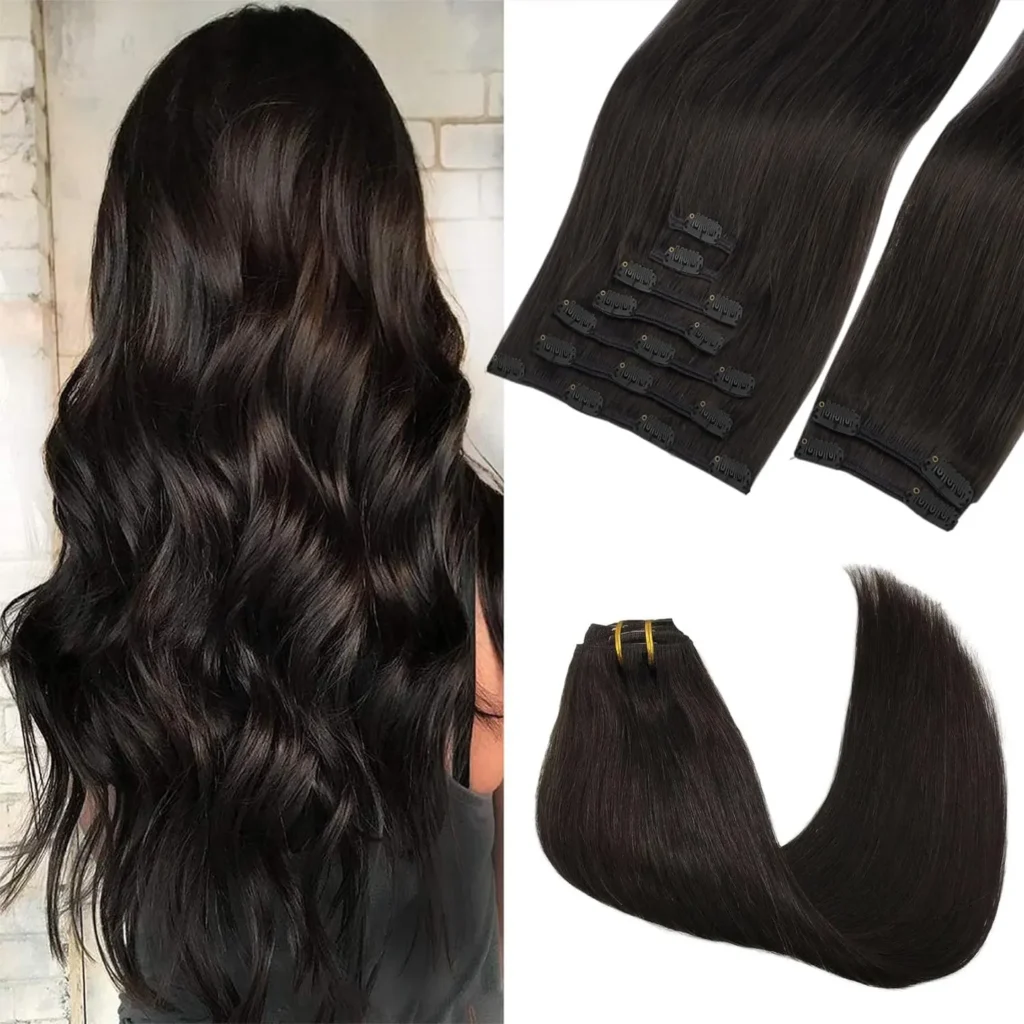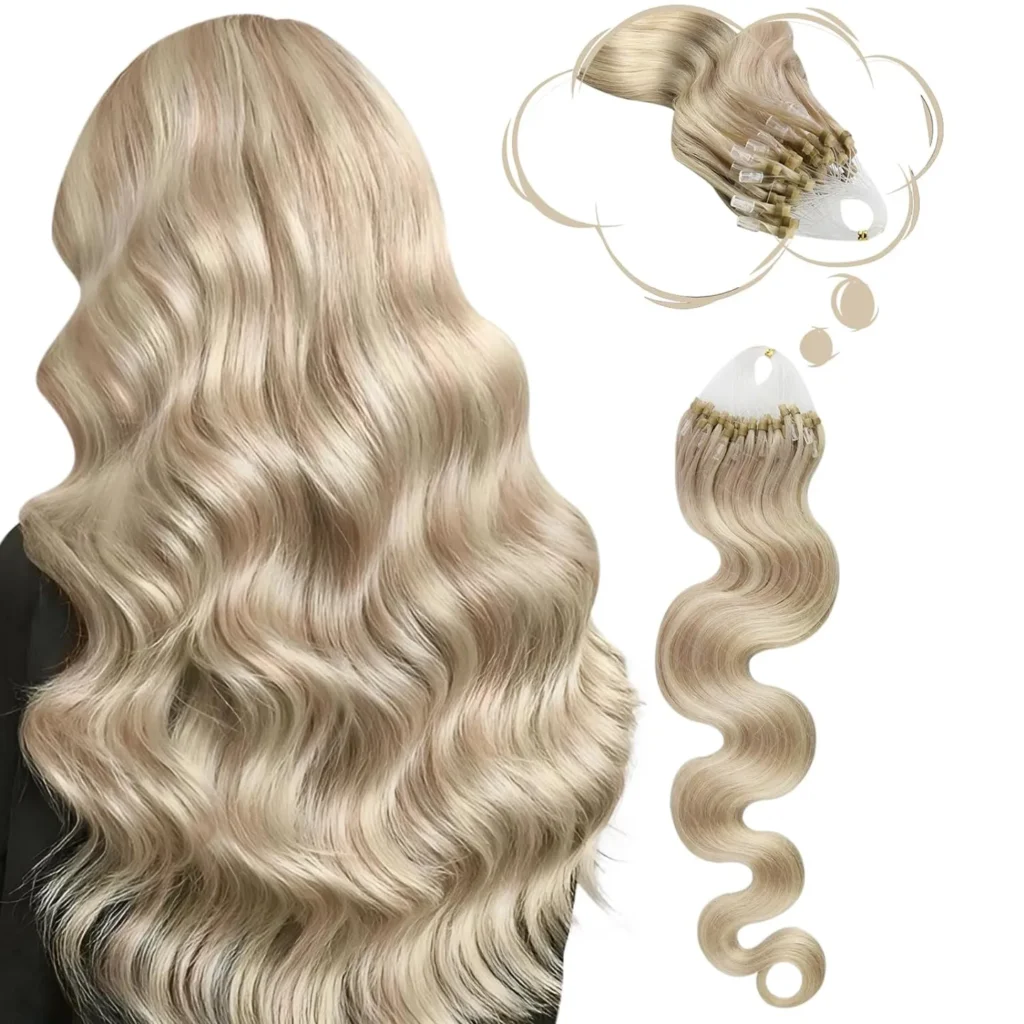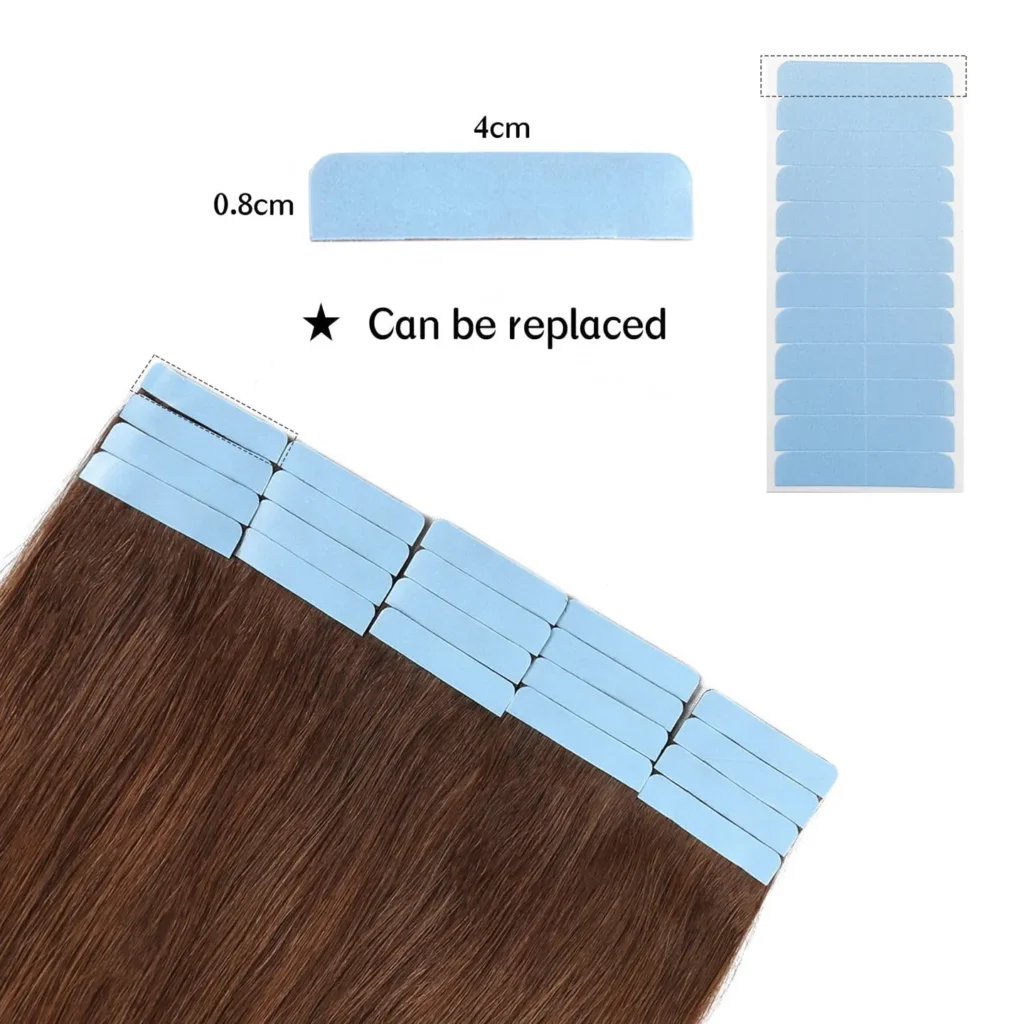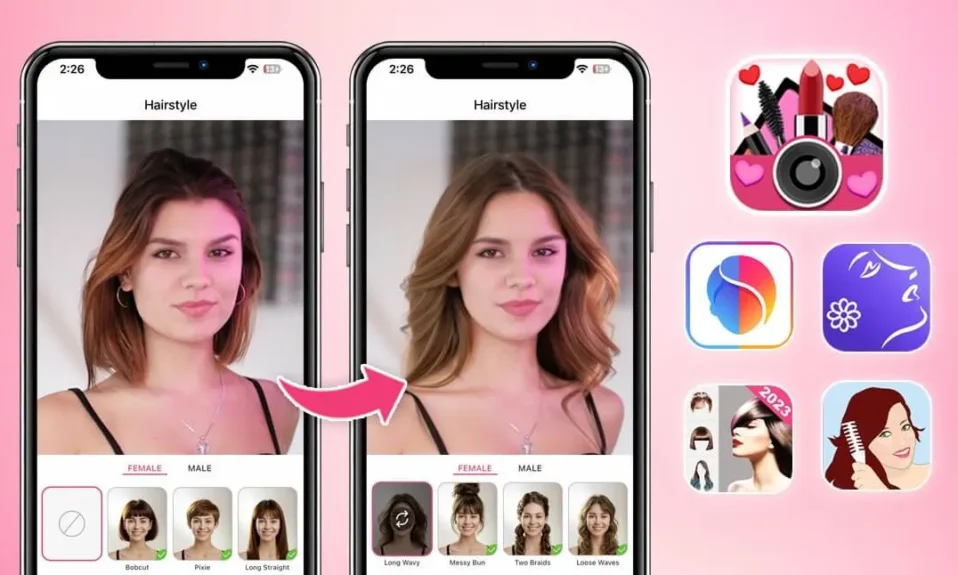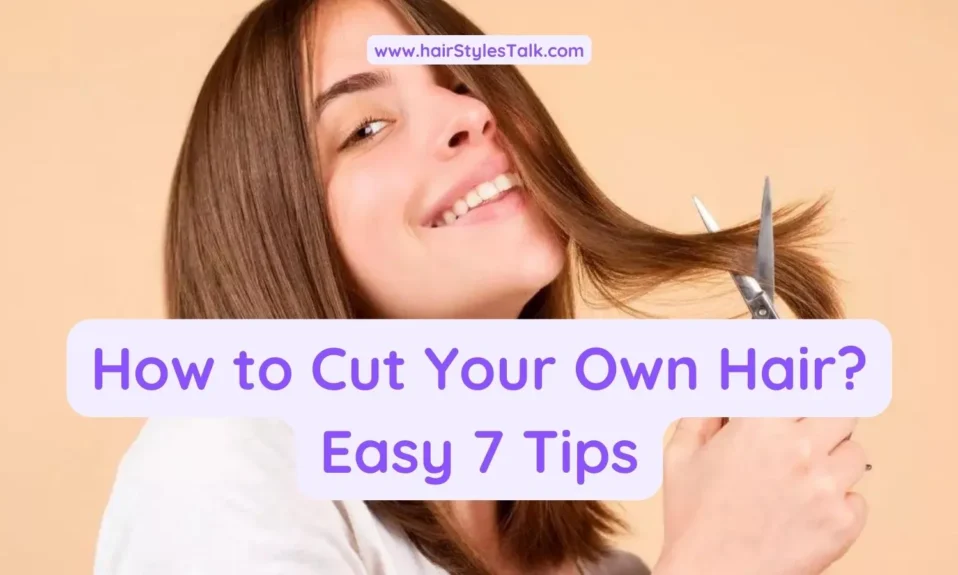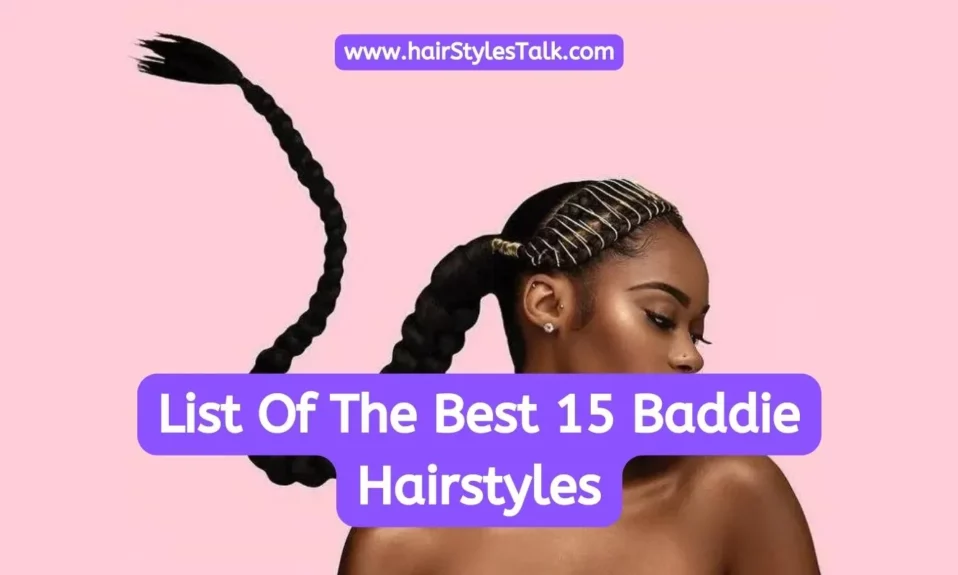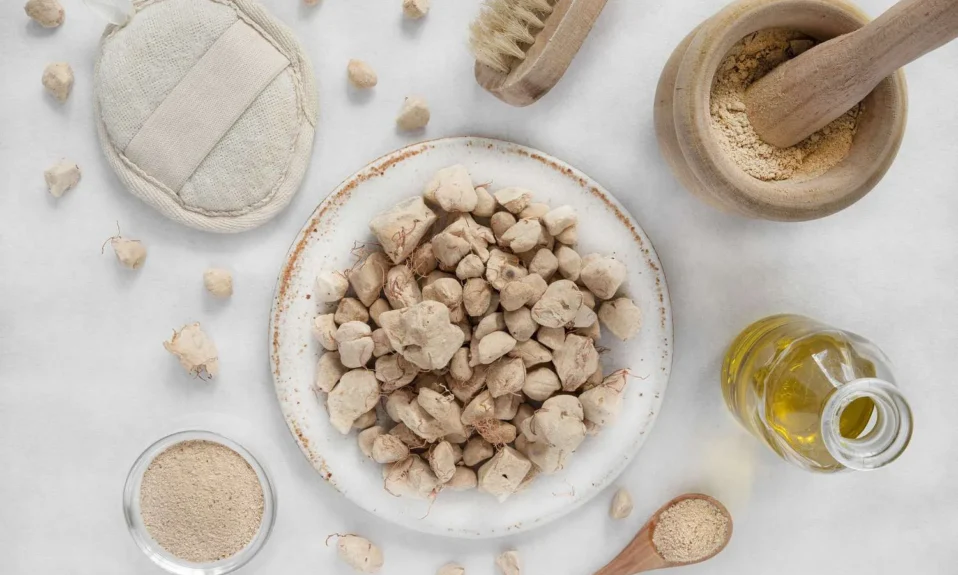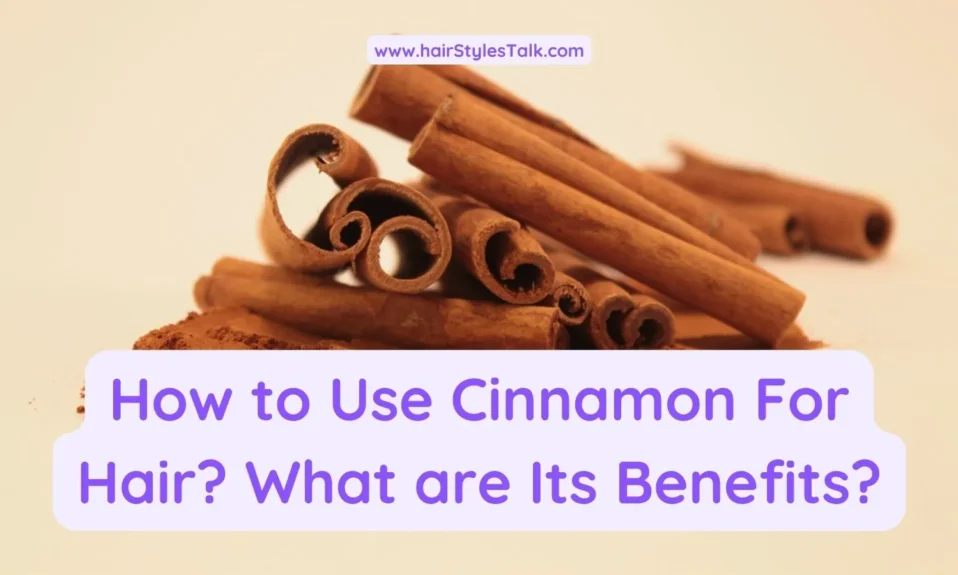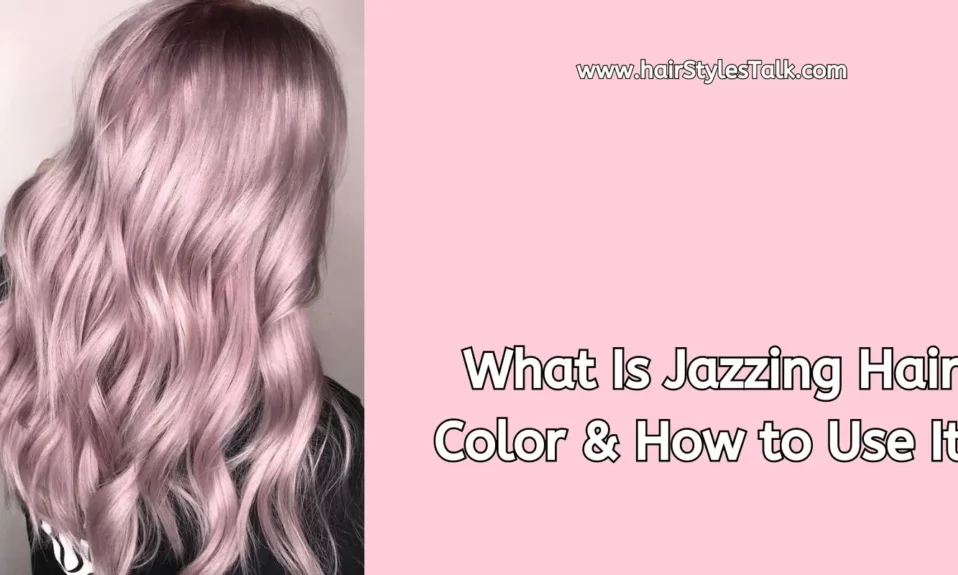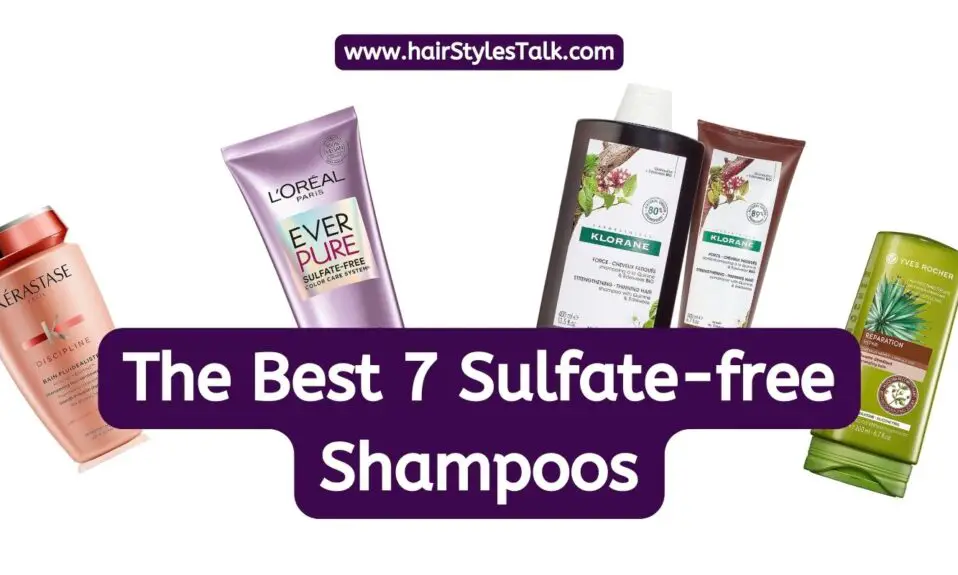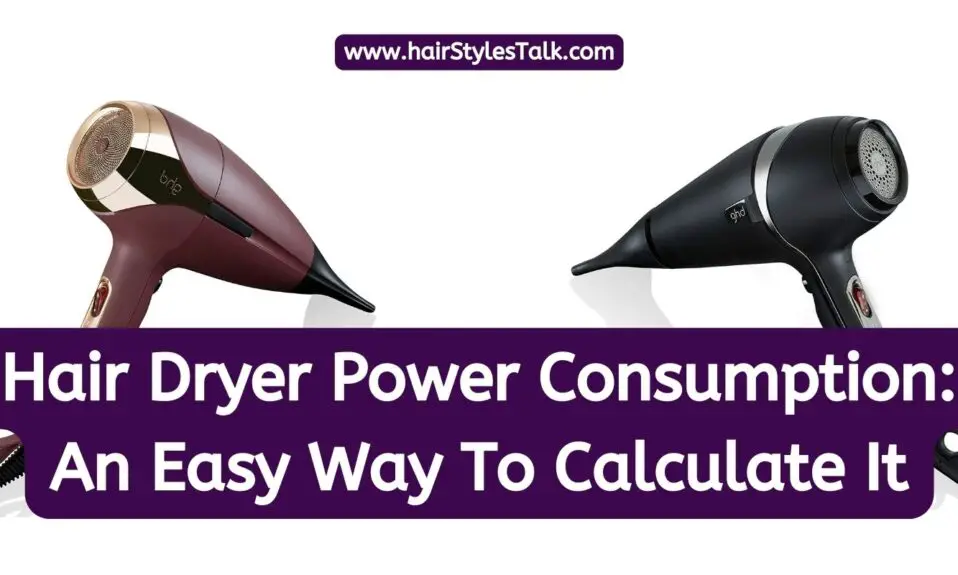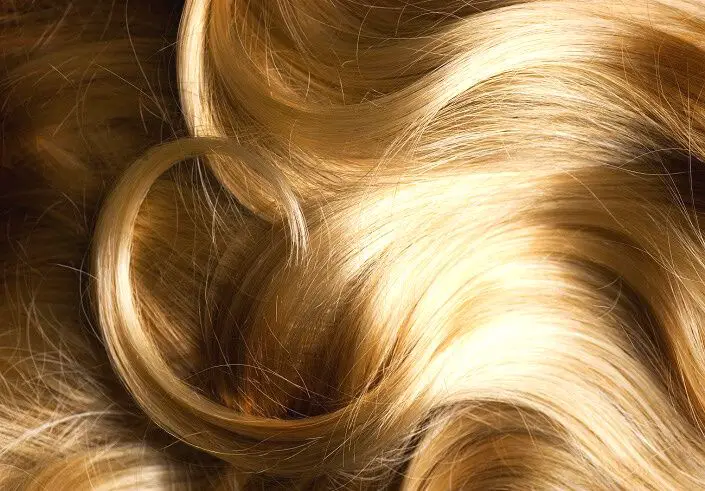Sometimes you’re fed up with stringy hair, or find that it’s not growing fast enough! In these cases (and others), hair extensions can be a solution. So what are the best types of hair extensions?
When you’ve decided to take the plunge and treat yourself to the mane of your dreams, you need to do a bit of soul-searching to choose the right type of extension.
Quality of extension, price, type of installation, duration: we take a look at the subject to help you see things more clearly!
Table of Contents
1. Natural hair extensions
This is the first question to ask! Natural extensions are made from human hair.
They’re easy to care for because they’re real hair: you wash and brush them as usual. You can even color, straighten, or curl your hair!
The other undeniable advantage is that they offer a very natural result and blend easily with the rest of the hair.
And they last a long time: natural extensions last the longest.
Of course, all this comes at a cost, and human hair extensions are by far the most expensive. The price depends on length and weight.
2. Synthetic extensions
These extensions are made from synthetic fibers.
The advantages of synthetic extensions are numerous. The first is their excellent hold.
You can sleep on your curls or walk in the rain with your hair straightened: the extensions keep their shape, and the hairstyle remains intact. You don’t need to blow-dry your hair; just blow-dry it naturally.
Another plus: the color doesn’t fade and retains its beautiful shine.
Last but not least, this type of extension is much less expensive than natural hair.
On the downside, of course, although synthetic fiber looks and feels like real hair, the result is not as natural.
Synthetic hair requires special care and appropriate products. It also tends to tangle more easily, which is why it needs to be brushed more frequently and for longer, with great care.
It can be stored for 3 to 6 months, depending on the quality of the fiber.
3. Clip-in extensions
Clip-in extensions come in the form of a strip with mini clips that are attached to the hairline.
This is the best type of extension if you want to give it a try. They’re quick and easy to apply and remove, even when you’re home alone.
With them, you can sport longer hair for just one evening!
The problem with clips, however, is that they are often uncomfortable; for example, they can be a nuisance when you’re sleeping. Another recurring problem is that knots tend to form at the attachment, so they need to be brushed often.
While clip-in extensions can be washed with shampoo, they are less tolerant of conditioners and masks, which cause them to slip due to the presence of greasy substances.
Finally, they are flashier than other types of extensions.
4. Cold hair extensions
Here, the hair additions are fixed with vegetable glue (synthetic keratin).
This glue is invisible, and you can expect to keep your extensions for 4 to 6 months. Professionals consider this to be the method that causes the least suffering to the hair.
You’ll need to have a bit of time on your hands since this type of extension takes a minimum of two hours to install.
5. Extensions with rings
Here, the addition is attached to the natural hair strand with a small metal or silicone ring.
This type of extension is recommended for fine and fragile hair.
The advantage of this technique is that nothing is glued to the hair, so the extension can be removed quite easily. As the extension has not been glued in place, it can also be reused!
Although the rings are colored the same as the hair, they are sometimes a little more visible.
The hold is sometimes less important, but every two months, the hairdresser can put the rings back on.
6. Adhesive extensions
Here, extension strands are pre-glued to an adhesive strip: all that’s left to do is adhere them to the scalp.
A good option for fine hair. In terms of visibility, adhesive extensions often go unnoticed.
In terms of application time, this technique is one of the quickest (as is removal), requiring just one hour, which also makes it one of the least expensive.
These extensions last a maximum of 3 months, or even less if you have oily hair. In fact, they are said to slip (which also increases if you use a lot of greasy hair care and/or styling products).
7. Hot extensions
The addition strand has a keratin point, and the hairdresser sets it by heating the keratin with a kind of tongs or gun. The keratin melts and seals the addition to the natural hair.
This is the most widespread and longest-lasting method. With it, extensions can be worn for up to 6 months. The strength of this technique is the reliability of the attachment. If you’re looking for great length, hot extensions are the best choice, as they are the most weight-bearing.
You’ll have peace of mind for a while with these extensions but expect to spend a few hours at the hairdresser before that…
The other point is that the use of heat is never harmless for hair, and although it’s a moderate temperature (around 60°C), it’s not ideal for damaged hair.
8. Weave extensions
Here, braids are first glued to the scalp, then the extensions are sewn onto them. This technique is particularly suited to Afro hair.
One of the advantages of weave extensions is that they require no chemicals or glue. It’s considered a hair-friendly method because it doesn’t damage the hair.
The only concern is that, over time, the natural hair is suffocated by the addition (especially if the braids are too tight). Not all hair types are suitable: if it’s too fine, it won’t work.
We suggest to read also: How Much Does a Good Wig Cost?
Related Q&A

- What are the different types of hair extensions?
Hair extensions can be clip-in, tape-in, sew-in, fusion, or micro-link extensions. - How do clip-in hair extensions work?
Clip-in extensions are clipped onto the roots of your hair for temporary length and volume. - What are tape-in hair extensions?
Tape-in extensions are pre-taped and sandwiched around sections of your hair for a semi-permanent hold. - How are sew-in hair extensions applied?
Sew-in extensions are sewn into braided sections of your hair for a secure and long-lasting hold. - What are fusion hair extensions?
Fusion extensions use a keratin bond to attach individual strands of hair to your natural hair. - How do micro-link hair extensions work?
Micro-link extensions use small beads to attach individual strands of hair to your natural hair. - Which type of hair extension is best for thin hair?
Clip-in extensions are often recommended for thin hair due to their easy application and removal. - Are there hair extensions for short hair?
Yes, there are extensions specifically designed for short hair that blend seamlessly with your natural hair. - Can hair extensions be styled with heat tools?
Yes, most hair extensions can be styled with heat tools, but it’s important to use heat-protectant products. - How long do hair extensions last?
The lifespan of hair extensions varies depending on the type and how well they are cared for, but they can last from a few weeks to several months.

